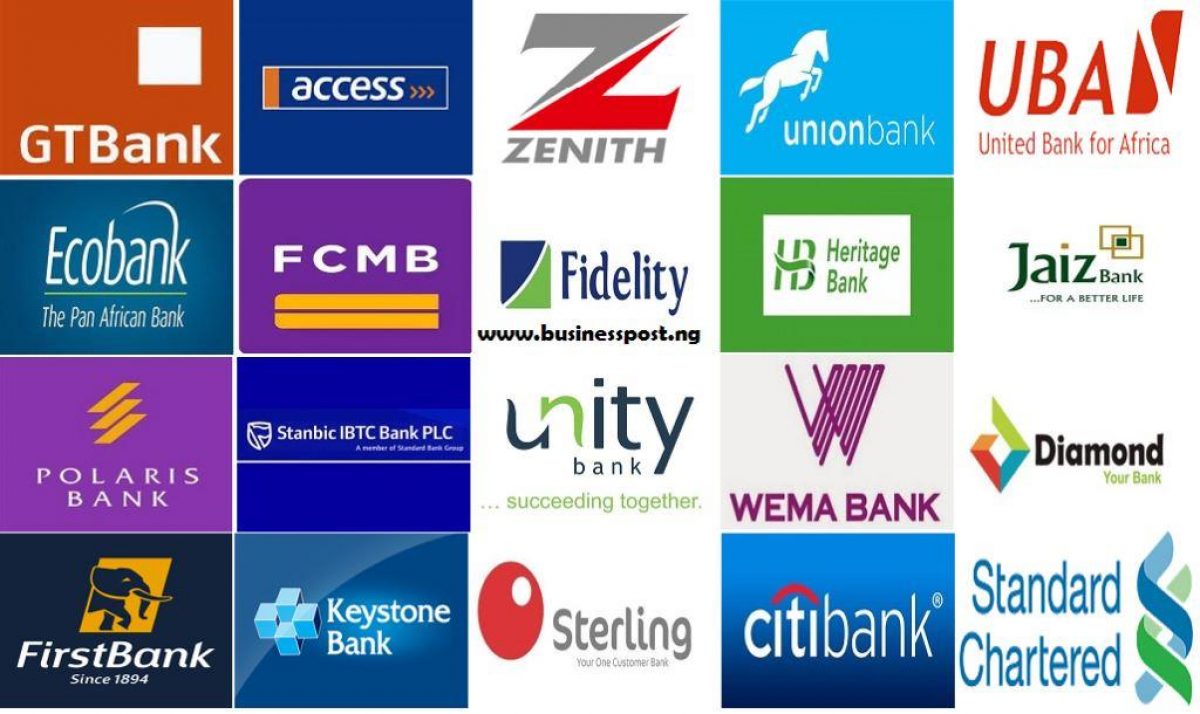Following consistent net borrowings from the Central Bank of Nigeria since April, 2021, there are concerns that some banks might be struggling with meeting their short-term liquidity obligations.
Findings have revealed that since April, there have been more drawings from CBN’s Standing Lending Facility compared to Standing Deposit Facility, SDF every single day except for once.
The Standing Lending Facility (SLF) is a line of short-term credit available for commercial banks to draw on when they need to meet immediate short-term withdrawals from their customers. Commercial Banks can also deposit free cash with the CBN via the Standing Deposit Facility (SDF).
READ ALSO: Igboho advises Nigerians to stock up food items ahead of June 12 protest
For example, in May 2021 the net average daily bank drawings from the CBN were about N222.8 billion compared to N115 billion in the prior month of April. To put this into perspective, banks were net lenders to the central bank with an N34.4 billion daily average.
Further analysis suggests some banks may have resorted to accessing the SLF to avoid taking a haircut on fixed income assets.
Banks who bought treasury bills when yields were less than 2 percent earlier in the year will lose money if they decide to sell the same treasury bills now that yields are higher. This is probably why they will rather borrow from the CBN.
Another plausible reason, it was learnt, was that the increase in borrowing from the CBN could be part of the broader strategy of curbing forex demand.
According to Wale Okunrinboye, Head of Research at Sigma Pension, CBN has been tightening liquidity as a way of curbing FX demand. It achieves this via the forceful CRR debits.
READ ALSO: Building capacity in petroleum sector governance in Nigeria
“I think the key thing is that these borrowings reflect liquidity tightening by the CBN as a way of curbing USD demand given FX reserve levels. For context all through 2020 and the first quarter of 2021, banks were net lenders to the CBN, a situation which has reversed since April 2021.
“This reflects a drop in OMO maturities as the CBN reduced the size of its OMO book and replaced this sterilization via CRR debits,” Okunrinboye said.
According to another expert, a net SLF is often an indication of a liquidity squeeze in commercial banks usually due to the CBN’s monetary policy or a symptom that banks have a lot of non-performing loans that they are unable to recover.
Therefore, the expanding SLFs are due to monetary tightening by the CBN which is piling pressure on commercial banks to borrow money.
Over the last two years, the apex bank has embarked on an unprecedented monetary squeeze relying on its Cash Reserve Requirement and Loan to deposit ratio policies to sequester billions from commercial banks on a weekly basis.
Over N10 trillion has been debited from commercial bank deposits since 2019 as parts of CRR requirements.
By debiting banks for not meeting their monetary policy requirements, the CBN is essentially snuffing out cash from banks, especially if the cash is not channeled towards areas of the sector that can help spur economic growth.
However, some bankers who spoke on the issue, said the increase in drawings could be beyond just CBN’s monetary policies. There are concerns that there could be some banks with financial challenges arising from non-performing loans.
Investigations have also shown that ten of the listed locally-owned commercial banks reported a loan loss provision of N253 billion in 2020 up from N134.6 billion in 2019.

 Football7 days ago
Football7 days ago
 Health & Fitness22 hours ago
Health & Fitness22 hours ago
 Aviation1 week ago
Aviation1 week ago
 Featured5 days ago
Featured5 days ago
 Education6 days ago
Education6 days ago
 Comments and Issues6 days ago
Comments and Issues6 days ago
 Business6 days ago
Business6 days ago
 Education1 week ago
Education1 week ago


Pingback: CBN to launch crypto currency before end of 2021 | National Daily Newspaper
Pingback: CBN to launch digital currency before end of 2021 | National Daily Newspaper
Pingback: Zenith, GTB, Access Bank among top 7 Banks in Nigeria | National Daily Newspaper